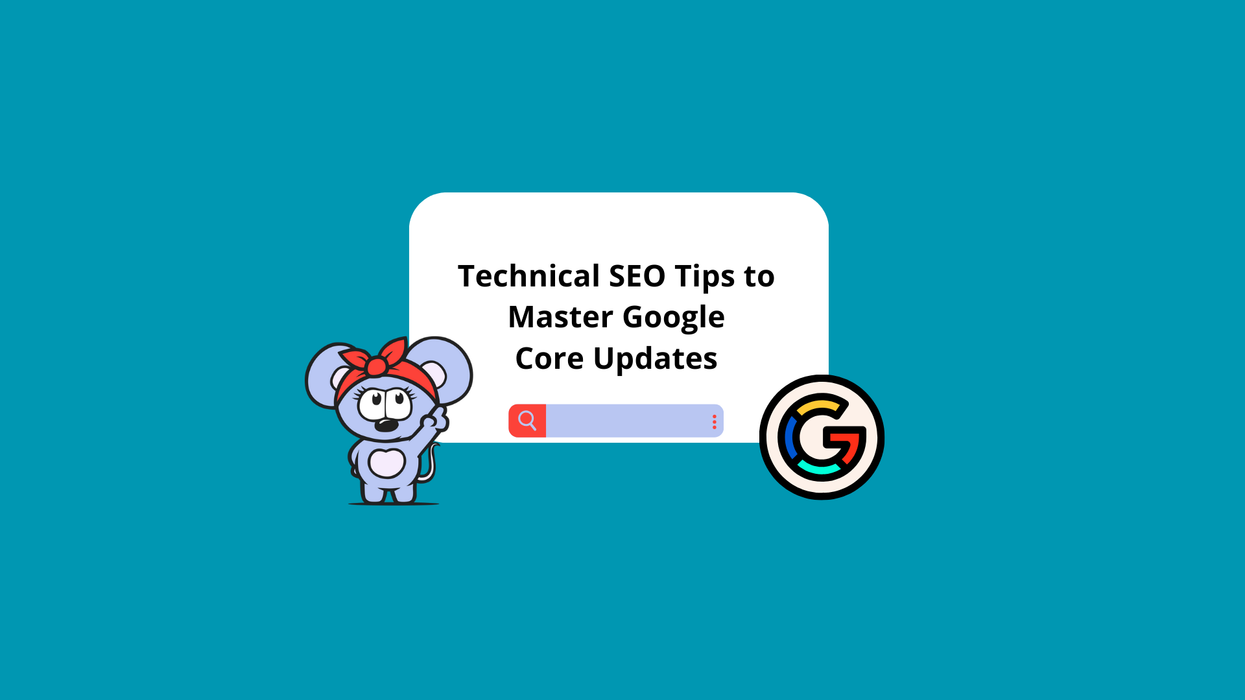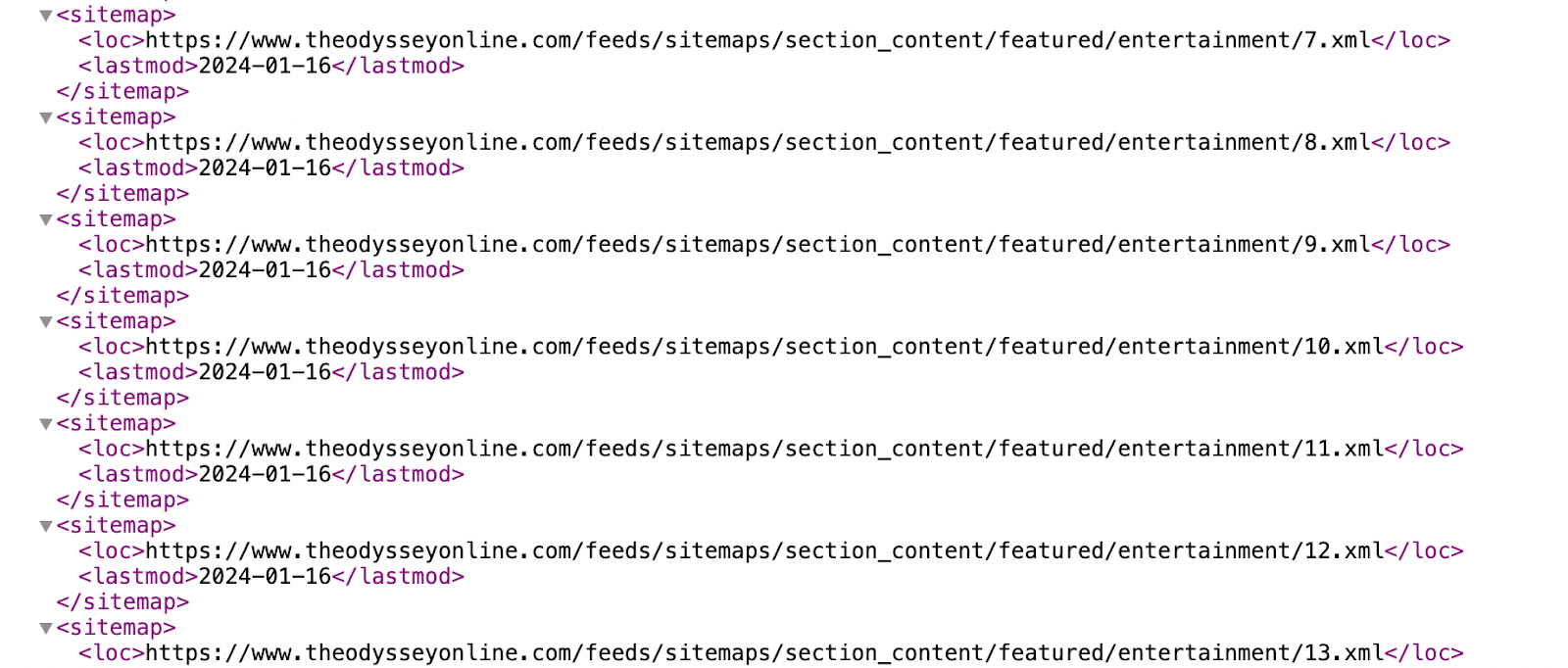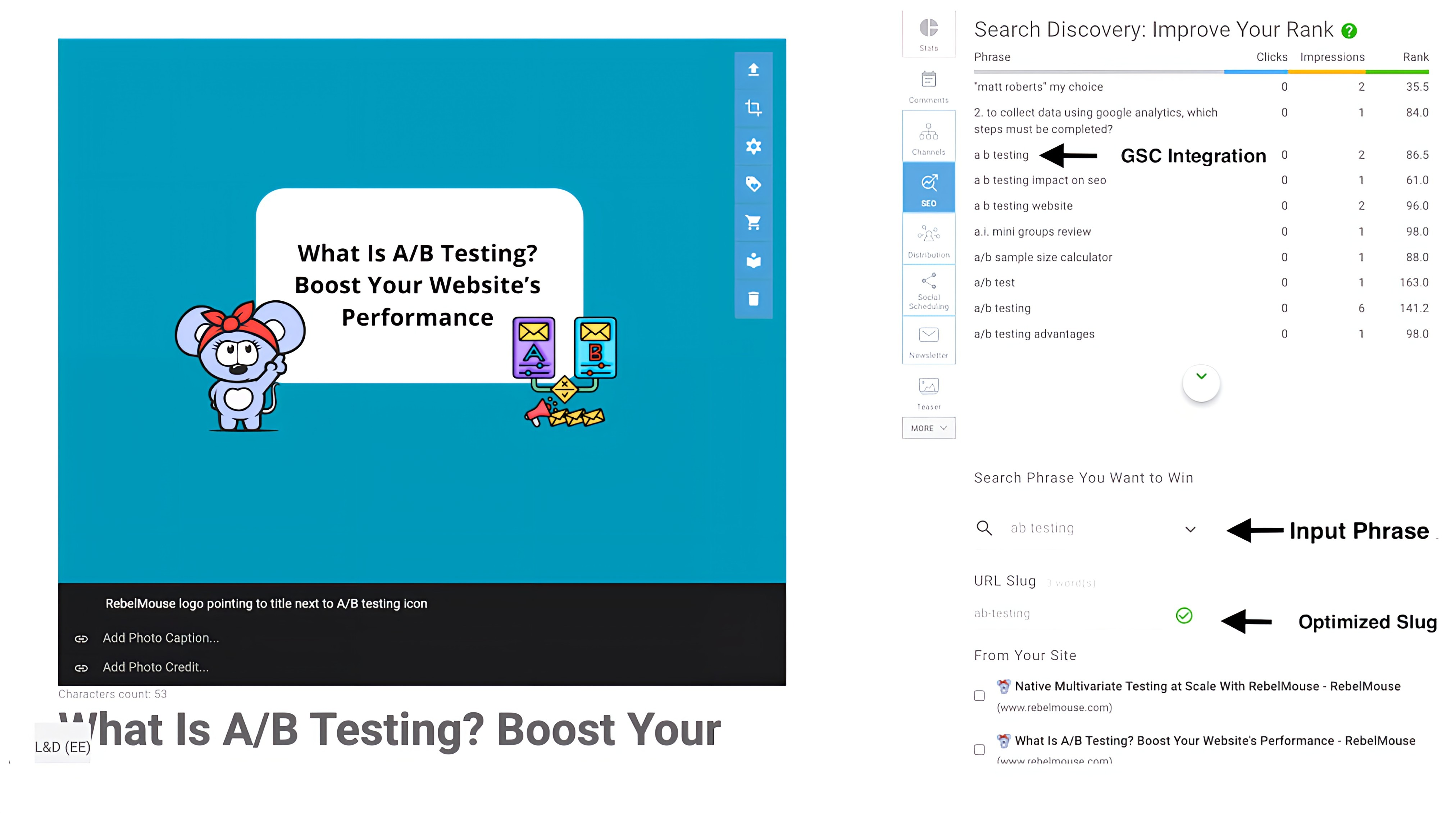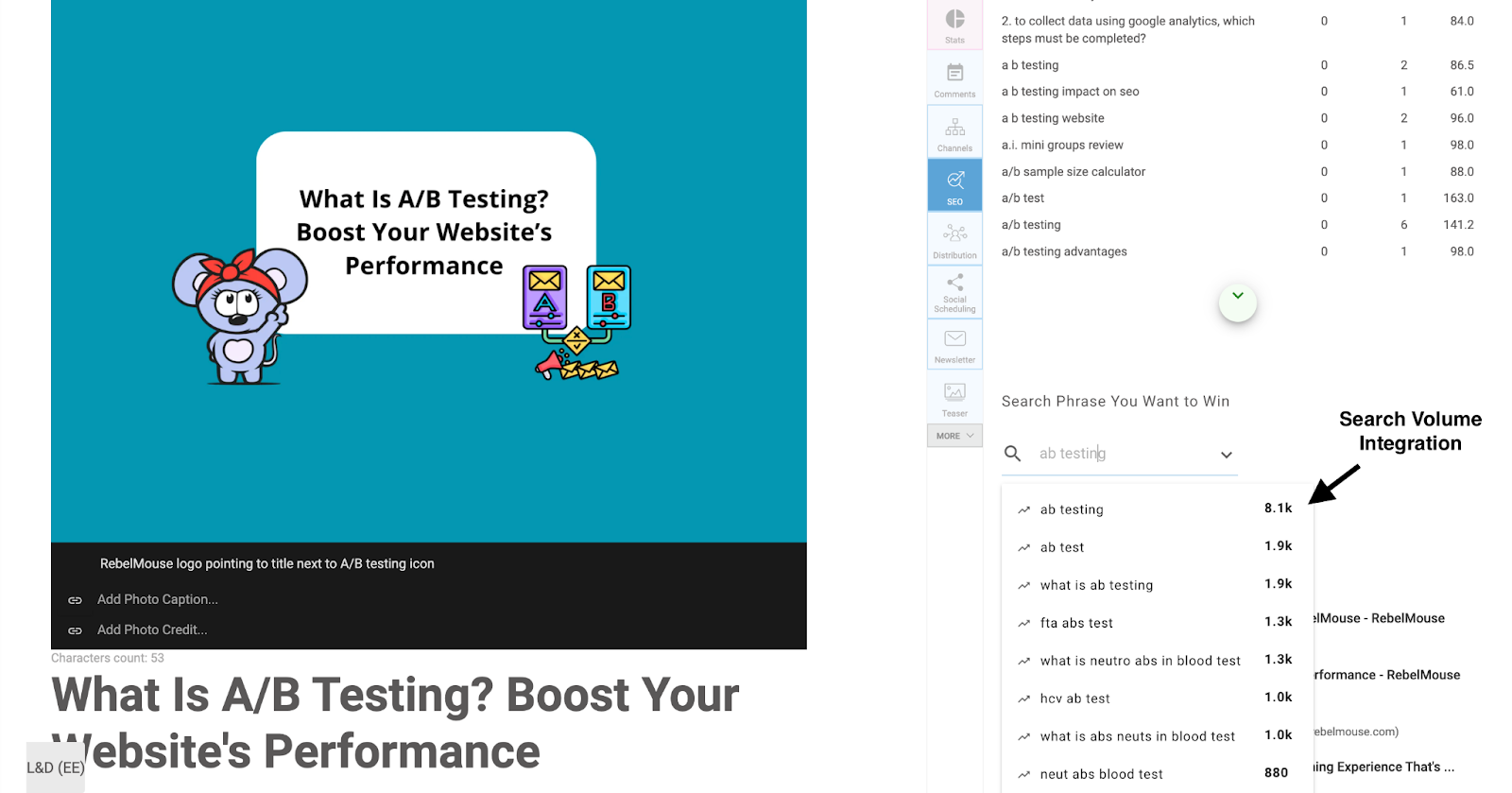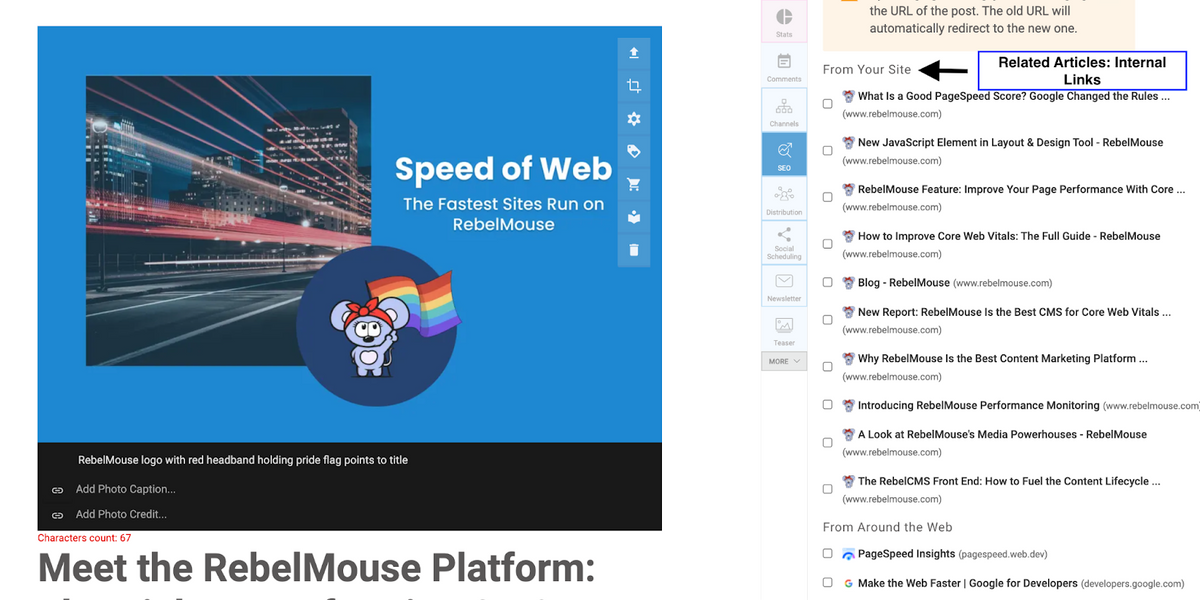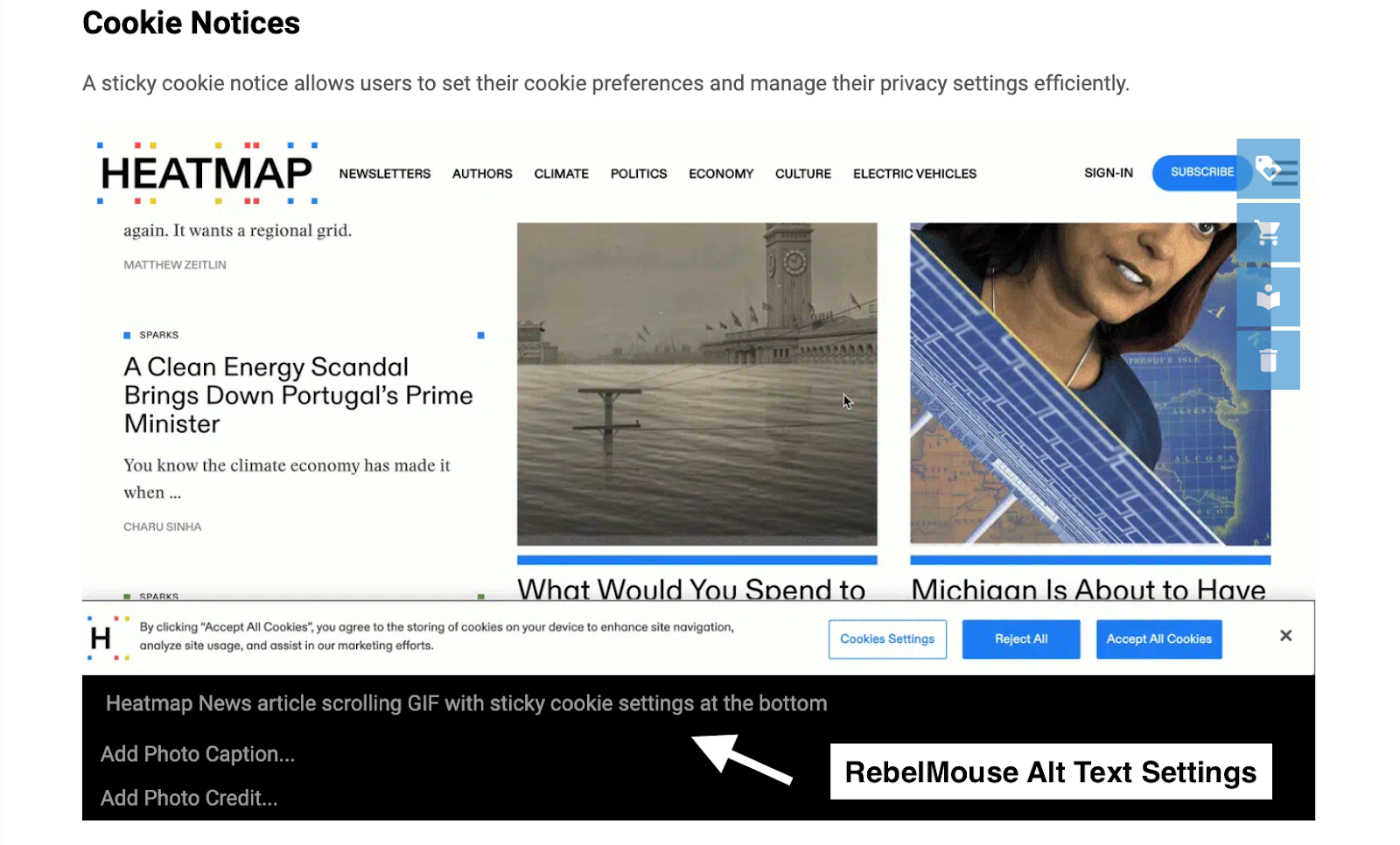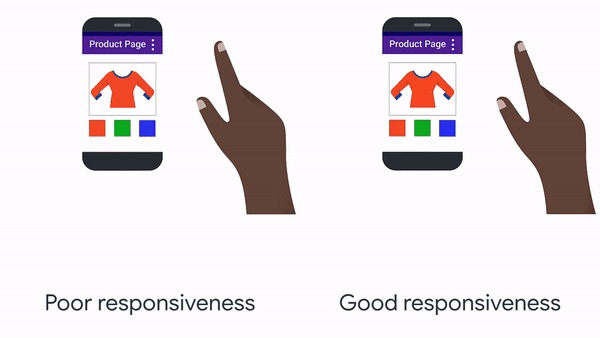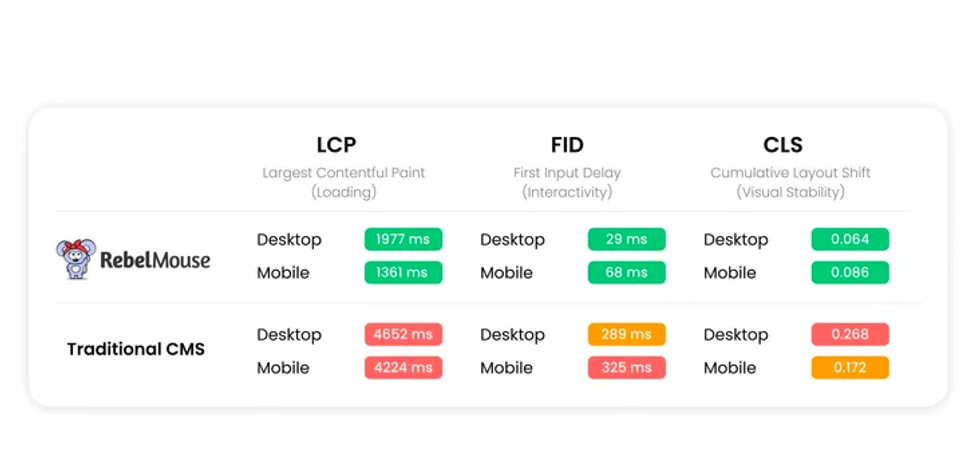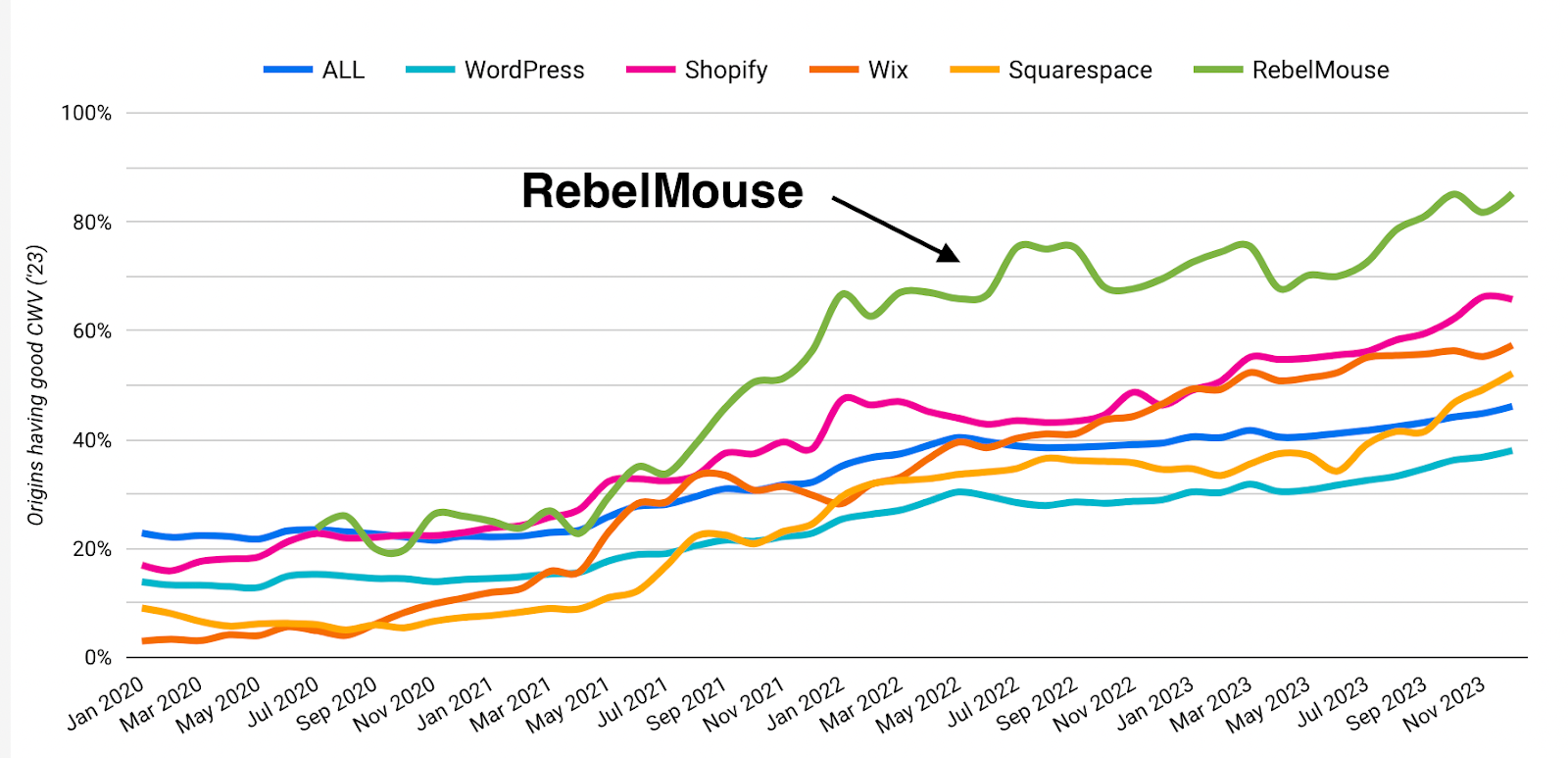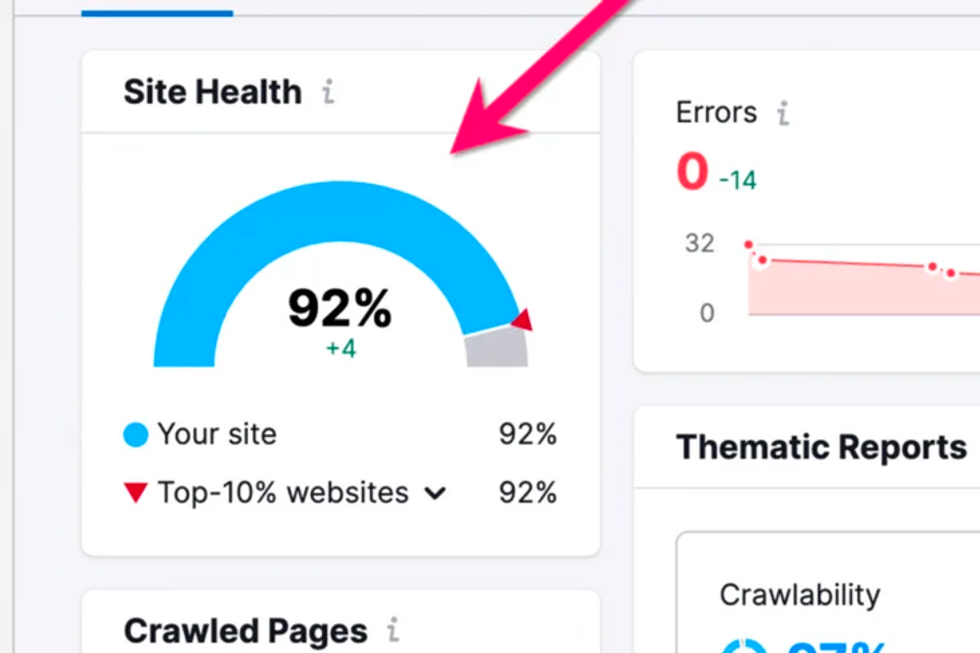Imagine you’ve spent hours tirelessly optimizing your website with top-quality content, relevant keywords, and topics guaranteed to drive traffic, only for your efforts to be in vain, with months passing by with few readers, low rankings, and little revenue for your business. If this is your current situation, you should elevate your technical SEO strategy.
Today, we're diving into the essential side of ranking with technical SEO, which is often overlooked, yet more critical than high-traffic keywords to rank high across search engines. Dive deep into technical SEO, find out how it impacts your Google Search rankings, and learn the best practices to stay competitive even during a volatile Google core update.
What Is Technical SEO and Its Importance to Google?
Technical SEO involves improving your website's security, speed, and layout for greater search engine visibility. If you’re driving a car, you want the best route and guidance to reach your destination quickly. In this scenario, think of high-quality content as the destination and technical SEO as the highways and signs that lead you there.
Technical SEO is the behind-the-scenes actions you can take to optimize your website for efficient indexing by Google’s web crawlers. In addition to looking for sites that follow best practices around organizing their content and infrastructure, Google also looks for websites that provide a satisfying user experience, and that means making sure your quality, helpful content is set up for success.
It will be difficult for your site to rank well if it’s difficult for users to navigate, confusing, or doesn't effectively match users’ search intent because it doesn't adhere to the fundamentals of SEO maintenance.
How to Make Your Website More Technical SEO-Friendly
To enhance your website's technical SEO, improve its crawlability (scanning and navigation) and indexability (organization and storing). Google’s bots crawl a web page to understand and discover the content. After crawling, the bots will organize and store the information in specific databases to display on its search results page.
To enhance the crawlability and indexability of your webpages, consider these tips to optimize your website for technical SEO.
1. Create an XML Sitemap
Whether you have a few pages or hundreds on your site, a sitemap helps Google discover your pages faster. Most content management systems will automatically generate a sitemap that you can submit to Google Search Console. Google will then periodically crawl and index your sitemap when changes are made. If your CMS does not offer this service, you can download a sitemap generator tool instead.
How RebelMouse Can Help
RebelMouse automates site mapping and integrates with Google Search Console, giving you effortless control over your website structure. Easily submit sitemaps to Google with just a click and let our CMS track indexing status, identify crawl errors, and streamline your website architecture.
2. Use a Robots.txt File
A robots.txt file prevents Google from crawling pages you’d like to omit, such as pages with duplicate content or a site with thousands of URLs that aren't essential to the user experience.
Without this file, Google will crawl your entire website, which could hurt your SEO if you have hundreds of pages with old, unoptimized content. Your CMS should automatically generate a robots.txt file for you. If you do not have one, there are resources for writing and submitting a robots.txt file.
How RebelMouse Can Help
Get your website seen by more people! RebelMouse users automatically have a custom robots.txt file and an integrated sitemap optimized for SEO that can help you manage and exclude pages from search engines. This means search engines like Google can find your most important pages quickly and easily, boosting your search rankings and traffic.
3. Add Canonical Tags
Canonical tags prevent Google from penalizing duplicate content found across multiple URLs. Using canonical tags eliminates plagiarism detection and improves your technical SEO. For example, you would want to add a canonical tag to articles with the same disclaimer messaging located at the bottom of each page. Certain CMS platforms can easily set up a canonical URL, or you can manually enter the "rel=canonical" tag into your system's HTML code.
How RebelMouse Can Help
Forget manually inputting code. RebelMouse's “rel=canonical” tag automatically tells search engines which web page is the original, preventing keyword cannibalization and plagiarism red flags.
4. Shorten Your URLs
URLs help Google and users find new content. Avoid long URLs with random characters that are not easy to remember to increase your visibility and brand awareness. If you write an article about vegan recipes, here are some good and bad examples of how your URL should be formed.
Good URL: https://www.yourdomainname.com/vegan-recipes
Bad URL: https://www.yourdomainname.com/vegan-recipes/7563/$#%/culinary-baking
Keep your URLs free of random characters and shorten them to help Google and users understand an article when navigating.
How RebelMouse Can Help
RebelMouse’s CMS performs competitor keyword research right from the editing interface to optimize your slug for keyword phrases with the highest search volume. With our Google Search Console integration, you can see how your articles are ranking for specific phrases to help determine ways to boost existing momentum.
RebelMouse's Search Engine Keyword Volume Integration Tool
5. Practice Internal Linking
Internal links are beneficial to ranking across Google Search because they allow bots to efficiently navigate and index your webpages. This practice boosts authority, particularly for large websites with numerous pages that may not be visible to users. By internally linking important or orphan pages, Google indexes them faster, increasing the likelihood of them ranking and users seeing your most valuable content.Best practices for internal linking include:
- Using a Specific Number of Links: Include at least 6–10 links per 2,000 words, with 1–2 links pointing to product pages.
- Linking to Keyword-Rich Anchor Text: Include keywords in your anchor text, and only link to articles that best match the title. For example, if you're linking to an article titled "Best Taylor Swift Songs," use the exact anchor text. Avoid long anchor text that’s over five words.
- Linking to Pertinent Pages: Link to your most important pages for Google and users, such as contact, product, home page, or relevant articles. Discover your biggest high-traffic pages and link to those using a site audit tool like Semrush, Google Search Console, or Ahrefs.
- Avoiding Using Similar Anchor Text: To avoid confusing Google, use unique anchor text for each article and refrain from linking to different pages using the exact same keywords.
- Sweeping Your Site for Broken Links: Links on your site may need to be updated over time. Regularly conduct site audits every three months to replace broken links and maintain your site's health.
How RebelMouse Can Help
RebelMouse’s SmartLinks automatically searches for and links to articles containing specific key phrases. Enter a keyword term and let SmartLinks do the rest.
Additionally, in RebelMouse Entry Editor, we auto-populate your related content and use AI-powered recirculation technology to provide users with the best content recommendations to keep them engaged.
6. Optimize Images With Alt Text for Enhanced SEO
Image optimization is important to Google, and using alt text correctly is essential for both SEO and awareness. Alt text describes an image to help search engines comprehend and rank your visual content. Improve accessibility and follow Google's recommended practices for image optimization by including alt text that provides context for your website's images.
How RebelMouse Can Help
RebelMouse takes a multi-faceted approach to optimizing images with alt text for enhanced SEO, focusing on technical efficiency and user experience. Some of the critical SEO image features that our CMS offers includes:
- Automatic Tag Generation: RebelMouse leverages AI technology to generate alt text automatically for uploaded images.
- Keyword Targeting: Users can enhance automatically generated alt text by incorporating relevant keywords.
- User-Friendly Interface: The platform provides an easy-to-use interface for altering and changing alt text, allowing users to edit descriptions without requiring technical knowledge.
7. Optimize Images Using Google’s Best Practices
It takes more than alt text to bring out the boldness and vitality of your website's aesthetic. When considering image SEO, Google's best practices for images are a step in the right direction. From sourcing high-quality images to compressing them for efficient loading, there are a few ways to enhance your user experience and maintain optimal site health. Here are some tips for best image practices for your website:
- Choose the Proper Format: Opt for WebP if supported, JPEG for photos, PNG for transparent graphics, and GIFs for simple animations.
- Compress Your Images: Use tools like Squoosh or TinyPNG to find the optimal compression level for each image without sacrificing quality.
- Minimize Cumulative Layout Shift (CLS): Preload website images to avoid your designs moving unexpectedly, causing user frustration.
- Prioritize Critical Resources: Load essential images first and defer non-critical ones to avoid delaying page rendering.
- Implement Responsive Images: Adapt images to different screen sizes and devices for a seamless experience.
- Submit an Image Sitemap: Help Google discover and index your images more efficiently.
- Use Structured Data: Provide additional information about your images for richer search results.
How RebelMouse Can Help
RebelMouse offers image resizing for lightning-fast loading and generating accurate alt text for users and search engines. Our AI headline generator provides image captions and alt text that best fit your keyword choices and support accessibility. Our CMS also seamlessly integrates with Google-friendly features like sitemaps and structured data.
8. Ensure Your Site Offers Desktop and Mobile-Friendly Navigation
When your website is not optimized for site navigation, users must sift through content like files in a basement. This can frustrate them, resulting in a high bounce rate. A well-structured site with a navigational menu or search bar can make or break your user experience, leading to increased user engagement and conversion rates if the content matches users’ search intent.
To make your site more navigation-friendly:
- Optimize for mobile
- Reduce clutter on your site with clear icons instead of lengthy text
- Add images and videos to break down complicated topics
- A/B test your pages to see which content and layouts interest users the most
How RebelMouse Can Help
RebelMouse offers everyone a smooth and user-friendly experience, regardless of device, combining responsive design, mobile-first development, touch-friendly interfaces, content prioritization, and flexible navigation options.
RebelMouse's Particle Assembler is a content creation tool within our Entry Editor that makes it easy to transform your posts into micro pieces of media-rich content, which we call particles, that can both be shared individually and crawled separately for search. Assembler is a helpful SEO tool because it can generate a unique URL slug for each particle, maximizing your article's ability to get indexed by Google for more than one key search phrase.
9. Implement a Comprehensive 404 Dashboard
A well-optimized website prioritizes successful navigation and addresses user frustration when a page is not found. A comprehensive 404 dashboard is valuable for any website owner or manager. It encourages proactive website maintenance, improves the user experience, provides helpful data on site errors, and allows you to resolve issues quickly. These errors can include:
- Broken Links: The dashboard can identify URLs that return a 404 error, indicating broken links throughout your site.
- Outdated Content: The dashboard should pinpoint outdated content, link typos, or remove pages.
- Prioritize Critical Pages: The dashboard should classify broken links according to their impact, such as high-traffic or critical business pages requiring immediate attention.
How RebelMouse Can Help
RebelMouse’s CMS includes an advanced 404 dashboard for monitoring and managing broken links and website errors that may be slowing down your site and hurting your SEO. We also provide Semrush audit integrations that identify areas of improvement to raise site health and ensure a seamless user experience.
10. Maximize Page Performance and Speed With Core Web Vitals
Google’s Core Web Vitals are a set of metrics that measure your site's performance for page loading, interactivity, and visual stability. Core Web Vitals can help optimize your website for search and elevate the user experience with fast-loading, delay-free pages that function across desktop and mobile. RebelMouse prides itself as the powerhouse of Core Web Vitals, outperforming popular CMS options like WordPress and Wix for all of our platform’s users.
Check out PageSpeed Insights to see your Core Web Vitals score. Here are some ways to improve your LCP, FID, and CLS metrics:
- Loading Speed (LCP) Improvement: Try preloading the most crucial components of your website so that they’re available on the page as soon as the user lands on it to increase your loading speed.
- Interactivity (FID) Improvement: Prevent certain elements from slowing loading time to enhance interactivity. Use lazy loading to ensure specific sections load in a preferred order, prioritizing important content for users.
- Visual Stability (CLS) Improvement: Consider design and image dimensions that support the web page’s layout and won't shift or move around as your users navigate around the page to improve your site's visual stability.
For a more comprehensive look into Core Web Vitals health, check out this guide on improving your Core Web Vitals.
How RebelMouse Can Help
RebelMouse offers a blend of built-in optimization, user control, and additional strategies to ensure your site delivers stellar Core Web Vitals performance, ultimately leading to better search rankings, user experience, and overall website success.
11. Structure Your Data
The format of your website and its content is known as structured data. Your structured data for pages and articles should include an optimized URL, metadata (meta title and description), an H1 title, H2 headings, and H3 headings (when applicable).
Your information would be organized for a landing page or home page according to the navigation menu, the “About Us” page, the copy explaining your brand's purpose, and the call-to-action (CTA) buttons pointing to crucial website pages, such as new services, products, or content.
In essence, you want your data to be organized neatly for crawling and visibility, unlike unstructured data, which lacks a defined format and is difficult for both Google and users to index and understand.
How RebelMouse Can Help
With RebelMouse, you can enhance your structured data by adding elements through our platform's user interface. This allows you to specify the schema for specific content types like recipes, videos, or events (e.g., recipe carousels or event cards). We also make it easy to optimize your H1, H2, and H3 headers.
12. Upgrade Your Web Security
Security is crucial because Google relies on trusted sources that ensure user data is safe. To ensure your website is safe from malware and online hackers, make sure it uses HTTPS, advanced security encryption offered by hosting services like Amazon Web Services (AWS), and is SOC 2 Type 2 certified. Discover more from 2024's safest content management system.
How RebelMouse Can Help
RebelMouse takes web security seriously with a full range of features and a fortified infrastructure to safeguard your website and data. By leveraging a centralized platform, AWS security, a secure infrastructure, compliance adherence, and SOC 2 Type 2 certification, RebelMouse helps you build a secure and trustworthy online presence.
13. Run a Site Audit
Site audits identify areas for improvement to ensure optimal site health, such as ways to improve high-traffic pages, broken links, missing metadata and alt text, and technical SEO missteps. Platforms like Semrush and Ahrefs are great places to start if you're new to technical SEO. They can help you manage your content and address page errors on your website.
We’ve improved one client's technical site health from 59% to 92% through frequent audit checks and corrections. Even in the face of unpredictable Google updates, our CMS allows clients to maintain high-performing, optimized, and competitive sites through regular website health checks.
How RebelMouse Can Help
RebelMouse takes a comprehensive approach to site audits and technical SEO, providing the tools, insights, and support you need to optimize your website for success. With its automated scans, Semrush integration, user-friendly features, and expert support, RebelMouse empowers you to take control of your website's search engine visibility to unlock its full potential.
How to Maintain Website Health and Traffic During a Google Core Update
With the unpredictability of the latest Google core update that caused many websites to see a decrease in traffic, it's essential to focus on managing technical SEO while delivering helpful, user-first content to your audience.
If your website has seen a downward trend since the last Google Search update, here are some ways to remain competitive and bring your rankings back up:
- Focus on the User: Following SEO trends is nice, but you might be following a dead-end path. When trying to win long-tail keywords, consider whether the content helps a user take action, answers their questions, and takes them to the next steps that satisfy their search intent. If you create content for clickbait that offers generic information, you will see little progression in your search rankings.
- Maintain Your Website Health: Site audits are the best way to launch your technical SEO efforts. Adhere to the aforementioned recommendations in this article and prioritize the elements of your SEO strategy that will lead to the best outcomes, whether that means strengthening your Core Web Vitals, increasing security, refining metadata, or generating opportunities for link development. Work through our list of suggestions until you reach optimal tech health.
- Clean Up Your Site: A Google Search core update may be the perfect time to get your site decluttered and focused on structured data that offers users the best navigation and interface to sift through. Use A/B testing to experiment with new features and gauge your users' reactions.
Skyrocket Your Technical SEO With RebelMouse
RebelMouse is an enterprise-level, AI-powered CMS for brands and publishers. With our cutting-edge systems and AI solutions, we assist clients with increasing their online visibility and realizing their full earning potential. Our users love to rave about their online success and traffic increases after joining our platform.
We offer a one-stop shop for managing omnichannel integrations, Core Web Vitals, sophisticated security protocols, AI-powered recommendations, automated metadata recommendations, and smart-linking technologies. As we continue to be the number one CMS for SEO in 2024, we aim to transform online performance for our clients in a way that helps build connections with their audiences.
Contact our team to request a demo and learn more about our products and services.
